Getting down to the important bit. The drive. True. Quite a few buyers won’t spend their time in the front seat, but the GLS is quite the capable mile-muncher on the highway, magic carpet in the city, and (a rather sizeable) mountain goat off the road. Imagine the latter as the really big (fat) one that can handle some inclines but not the cliff face, unlike its more agile siblings. Speaking of agility, the GLS 350 d does have a good bit of go.
A 3.0-litre turbo-diesel V6 brings the power, with 258 PS coming in at just 3,400 RPM, and a hefty 620 Nm of torque peaking between 1,600 and 2,400 RPM. The main change in the drivetrain, however, is the new 9G-Tronic nine-speed torque-converter automatic. With a 5.50:1 first-gear ratio and a 1:1 sixth, and three overdrive ratios, the GLS makes short work of power transmission duties. From standstill the GLS hit 100 km/h in 9.2 seconds and a 16.68-second quarter-mile. More importantly, it gets from 40 km/h to 100 km/h in just 6.6 seconds. Noteworthy it is that this was done in ‘Sport’ mode.
The GLS offers five drive modes from the Dynamic Select function. There are ‘Comfort’, ‘Sport’, ‘Snow’, and ‘Off-road’ modes together with a customisable ‘Individual’ mode as well. The air suspension lowers the car automatically in ‘Sport’ mode, and raises it by up to 90 mm in ‘Off-road’ mode, or the car can also be raised manually at the push of a button. In ‘Sport’ the GLS truly feels more agile than its size allows you to believe. Once the dynamic driving bit was taken care of, it was time to see how it cruises. The 9G-Tronic lets the big GLS harness a majority of the peak 620 Nm early. Short-shifting in ‘Comfort’ mode had me cruising at 100 km/h in ninth gear at 1,300 RPM. You read that right. Dropping a gear raises just 200 revs. Of its own accord, the drivetrain stays in seventh at the 120 km/h mark. In ‘Sport’, that’s sixth, and revs hover around the 2,000-RPM mark.
What really got my attention was how calmly everything is done. Yes, I was focused on numbers at first, but when it came to relaxed cruising, the GLS does that bit even better. It’s what it’s really meant for. If you want to focus on numbers, I’m sure the AMG GLS 63 will also be here shortly. That’s the one you should choose. This diesel one, though, is an able mile-muncher. The ride quality is sublime and cabin insulation is hard to match. The grip level too is phenomenal and taking corners was easier than I first imagined. It holds its line well, thanks to the adaptive dampers that dismiss any change in road surface without a hiccup. Furthermore, the Active Curve Assist negates body-roll in the corners and reassures of its abilities. The air suspension delivers a wafting ride, even at speed, and it’s only when the mud and ruts arrive that there is noticeable body movement.
Switch to ‘Off-road’ and, suspension raised, I went off the mountain road to look for a photo-op. The uneven, rocky terrain was effortlessly trodden and soon I was exactly where I wanted to be. Time for some rest, I glanced at the fuel-gauge that had only moved somewhat. Tests confirmed a fuel efficiency figure of 10 km/l on the highway, with the city figure dropping down to just below seven to a litre. An overall 7.4 km/l. With a 100-litre fuel-tank, that works out to a range of well over 750 km if it’s more of a highway run with a few city jaunts thrown in. Not bad for a 2.5-tonne German giant, must be said.
Overall, the GLS is a great car if you want the luxury that Mercedes are capable of for seven passengers. No, there are no reclining, business class massage seats (maybe, there’s a Maybach GLS for four in the pipeline) but for seven, there are few equals. With an estimated price around the Rs 1 crore mark, it actually makes a strong case for itself. It’s immensely capable, and, now, it has the good looks to match. Just imagine if Rubeus Hagrid had a day out at an Emporio Armani and lessons in etiquette from Professor McGonagall. Like I said, gentle giant.


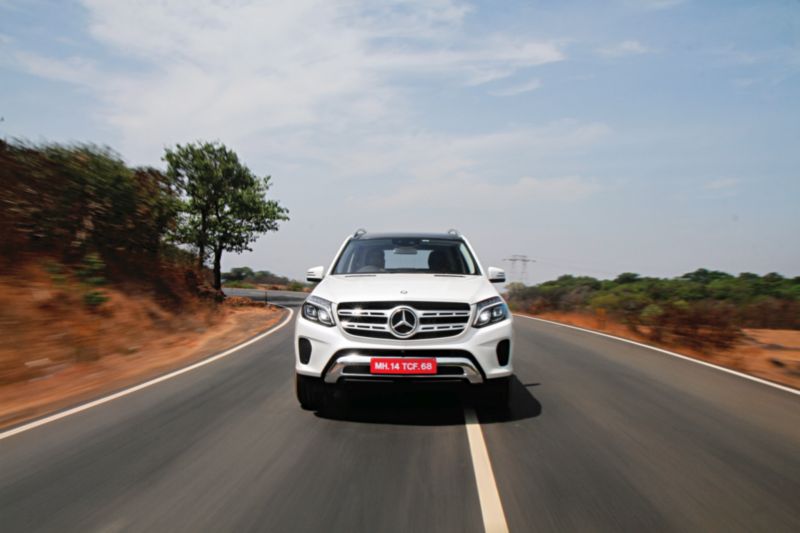
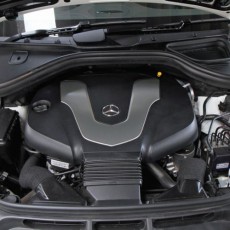
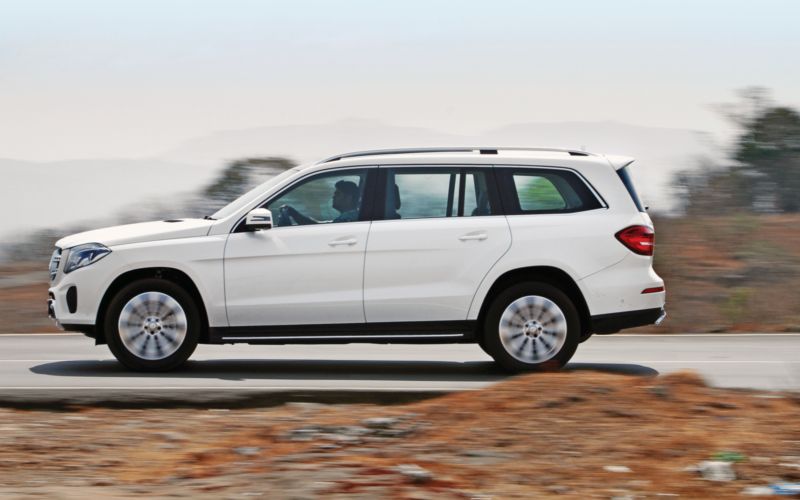
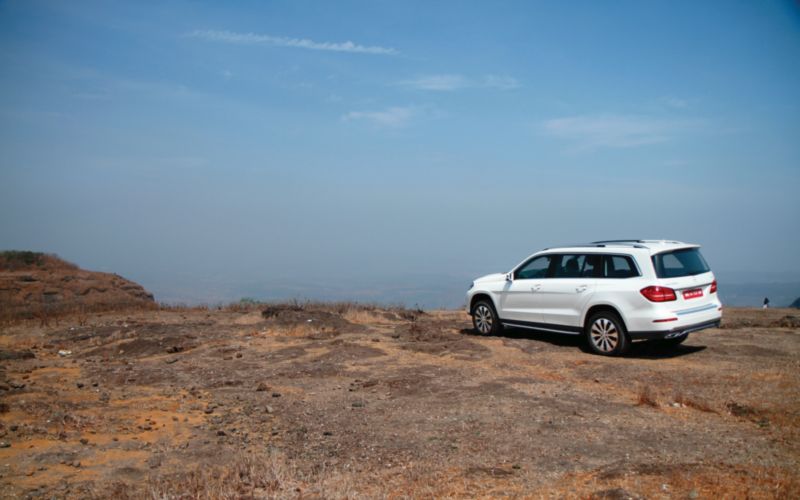





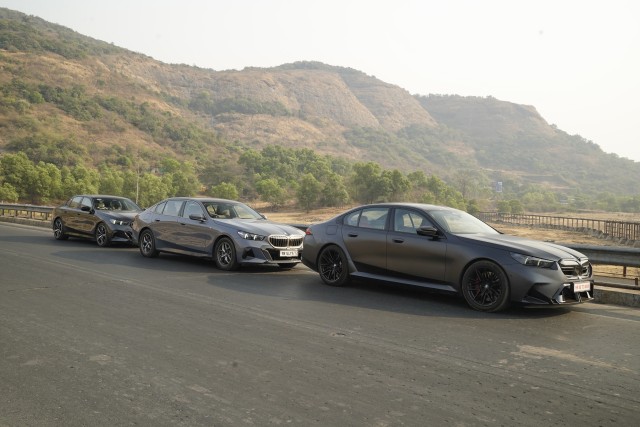
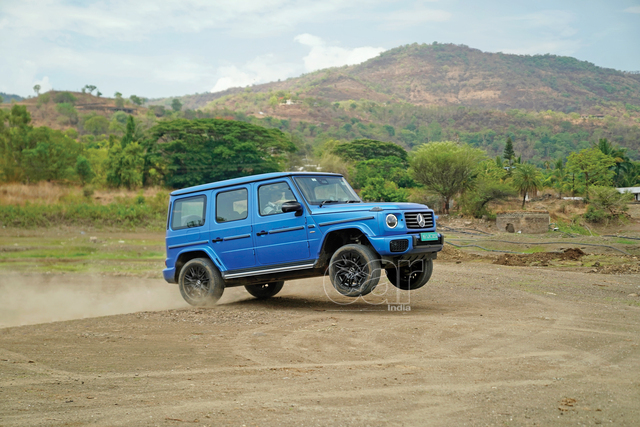
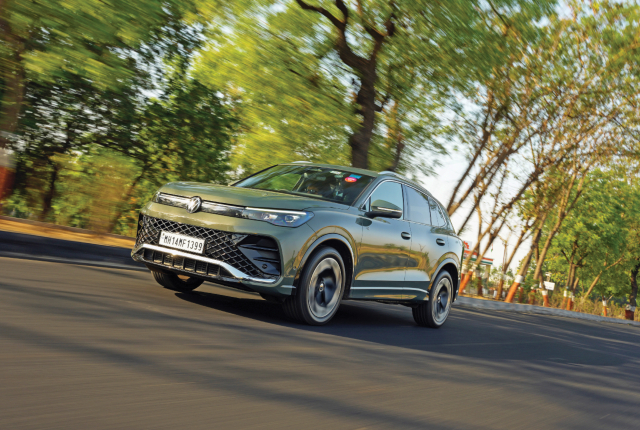
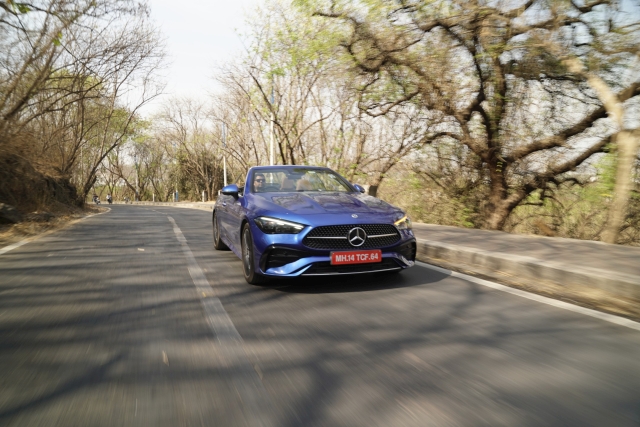

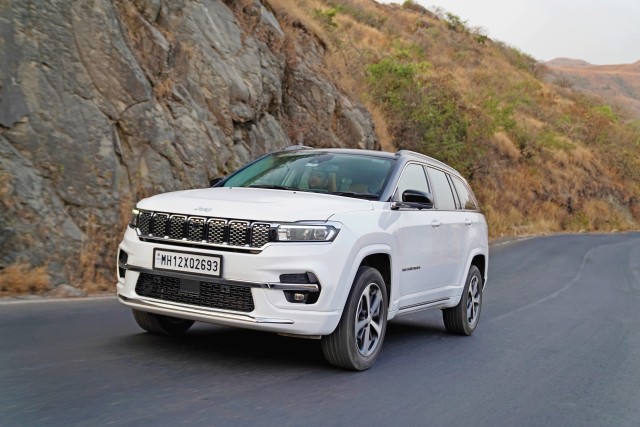
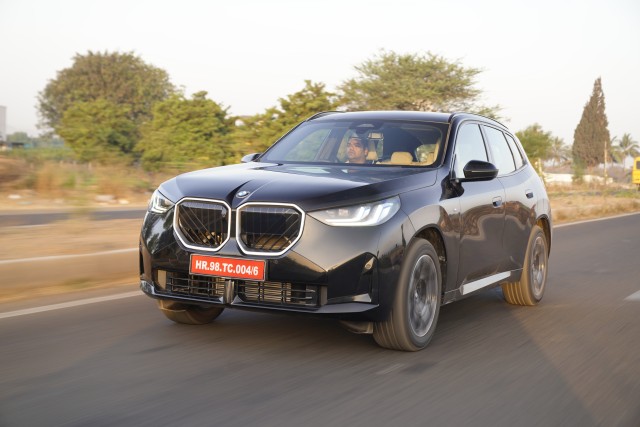
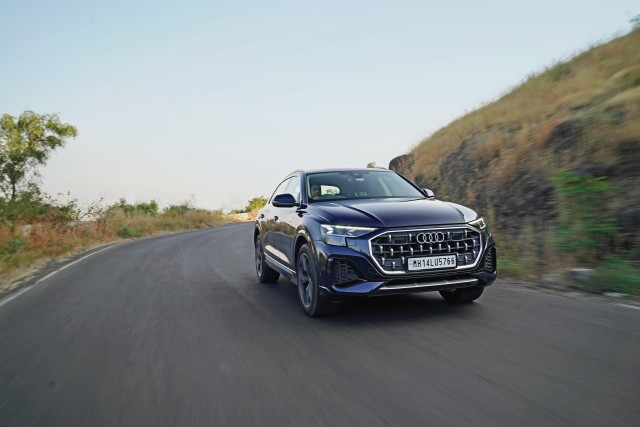
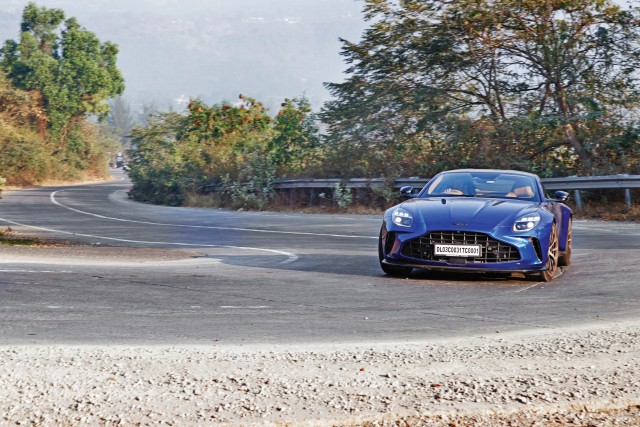
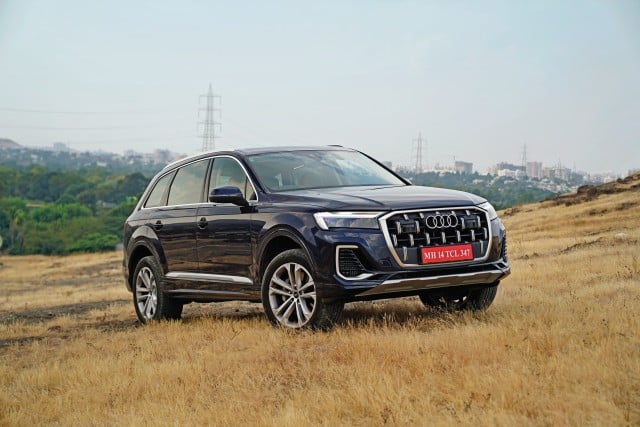
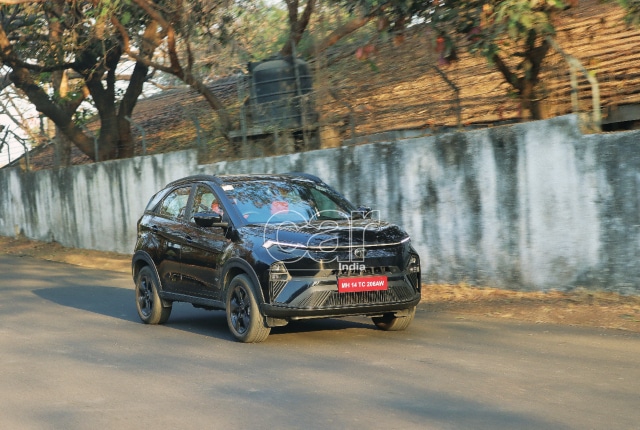



Leave a Reply